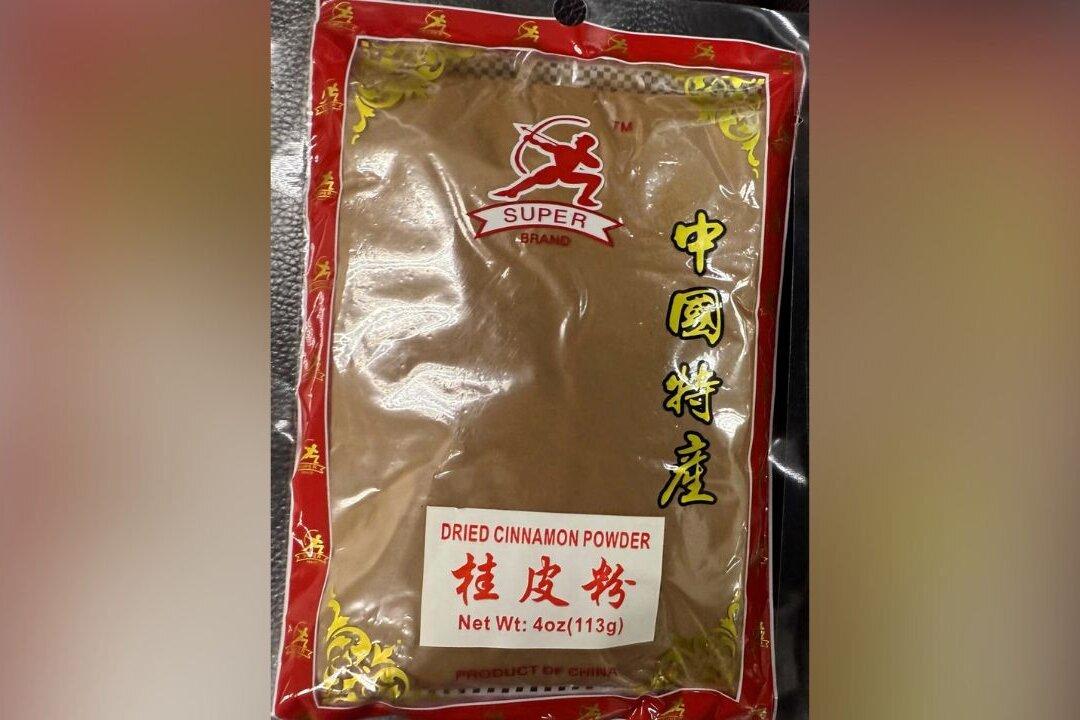California-based IHA Beverage of Commerce is voluntarily withdrawing a cinnamon product from the market amid concerns the item could potentially be contaminated with excessive amounts of lead.
“The recalled product is packaged in a 4oz plastic bag, and labeled as Super Dried Cinnamon Powder 4oz,” said the Nov. 18 recall announcement published by the U.S. Food and Drug Administration (FDA). The items have a UPC code of 610232012476 and display “Vitamin A” and “Vitamin C” on the nutrition labels. Some of the items were found containing “elevated levels of lead” during routine testing conducted by the Arkansas Department of Health, which led to the recall.





